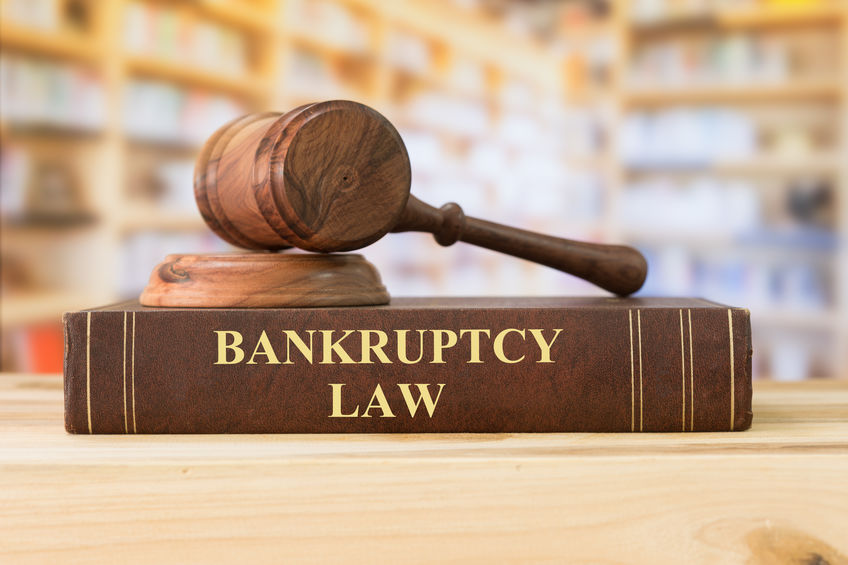What Is Chapter 7 Bankruptcy and What Are the Steps to File It in Maryland?

Unemployment, medical expenses, overextended credit, or marital problems, debt can get the best of us and when it does, many of us opt in to filing for bankruptcy. There are six types of bankruptcy chapters: 7, 9, 11, 12, 13, and 15. This article is all about Chapter 7 Bankruptcy in Maryland.
What is Chapter 7 Bankruptcy?
There’s a simple answer to this question. You will either pay for your debt or give up your non-exempt properties to settle. It is the most common chapter of bankruptcy. An appointed trustee will collect non-exempt properties and sell them in order to pay the creditor. If there aren’t any non-exempt properties available, then the debtor’s credit will reflect accordingly. This will linger for 10 years on their report. You can only file for Chapter 7 Bankruptcy in Maryland every eight years.
What are some of the reasons why your Chapter 7 is denied?
- Transferring, moving, or concealing property
- Hiding income
- Lying
- Unable to explain why you lost the assets
- Not complying with court order
- Failing to take the two mandatory finance instructional courses
As long as you comply with these rules, your Chapter 7 Bankruptcy case is more likely to get accepted. A local bankruptcy lawyer in MD will review your case in detail and help you file the case
What are some of the Maryland bankruptcy exemptions?
- Equity on a property
- Property that is secured by a loan in which you are current on payments (a car, house, boat, etc.)
- In a marriage, when filing jointly, a few claims by both parties: jewelry clothing, household appliances, pension, furniture, etc.
What are the steps to take for filing for Chapter 7 Bankruptcy in Maryland?
- Paperwork – In this step, you will have to list all of your current incomes: wages, salaries, Social Security post retirement, pensions, state disability insurance, annuity payments… the list goes on. You cannot leave out any source of income. You will have to record major financial transactions: creditors you have paid over $600 to and all transfers of assets in the last two years before filing for bankruptcy. You will have to record monthly living expenses: housing, transportation, childcare, healthcare, etc. You will have to record your debts and all of your properties, and that’s not just real estate – it includes cash, precious metals, collectibles, commodities, etc. You will also retract your income taxes for the last two years, your house deeds, car titles and loan documents. If you’re having trouble with this step, please talk it over with an attorney.
- Determine which of your properties are exempt from seizure – This part of the bankruptcy process is handled through the Maryland district bankruptcy court. You will have to file a two page petition and your schedules (a group of forms) with the court.
The creditors and the judge will have the deciding factor on whether to approve your request or not.
It becomes extremely important that you work on a proper strategy and planning with your local bankruptcy lawyer in MD before filing for Chapter 7 Bankruptcy in Maryland.
Excessive debt happens. It isn’t always about our purchasing choices. Sometimes it’s just a matter of something as uncontrollable as a lay-off. As to why we cannot pay our bills on time, well, it happens, and Chapter 7 Bankruptcy can offer relief in such a worrisome matter.



